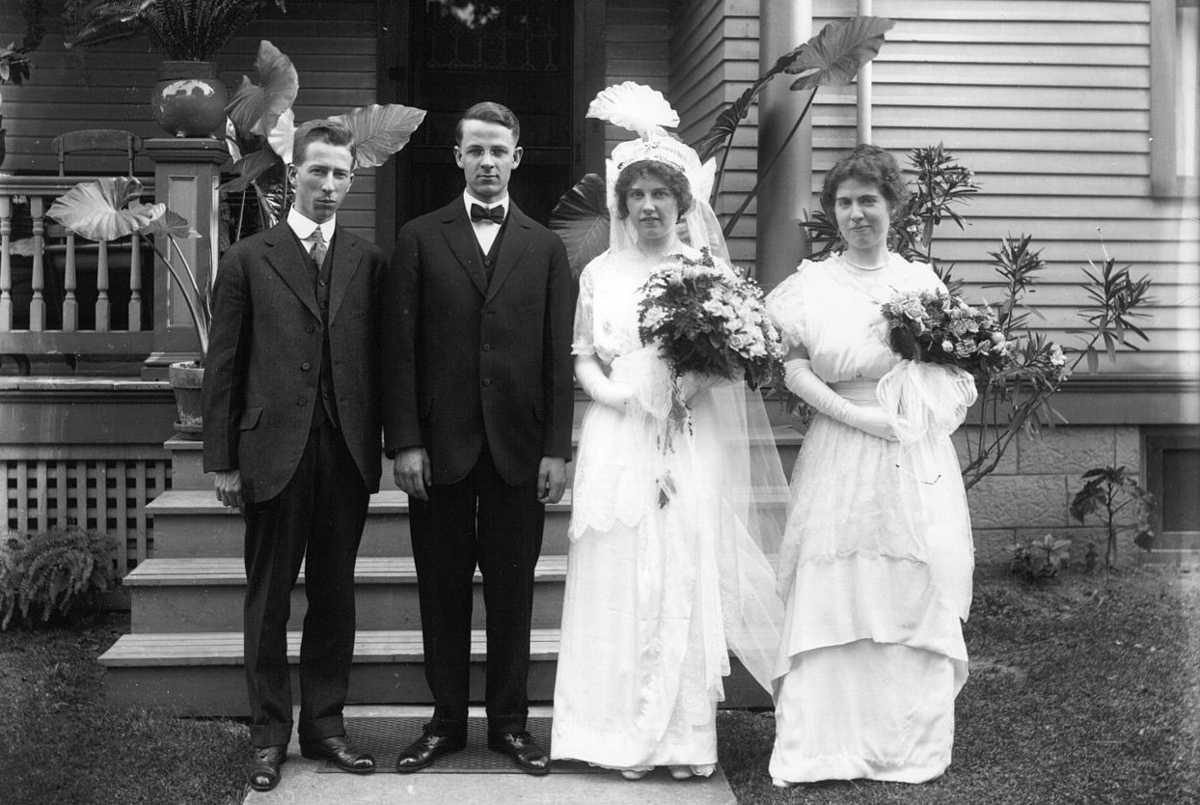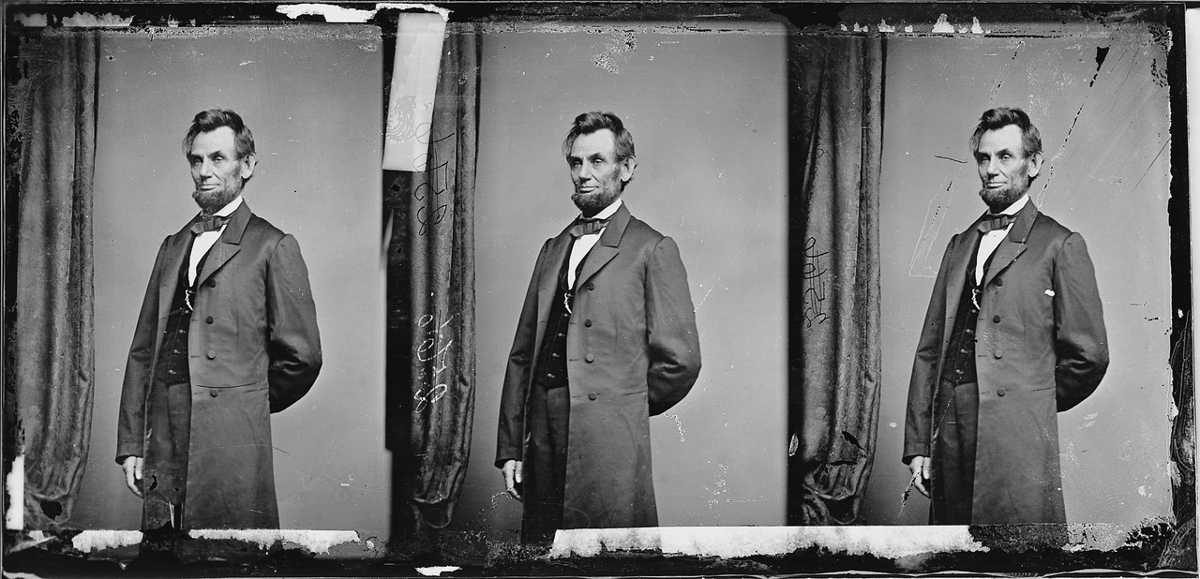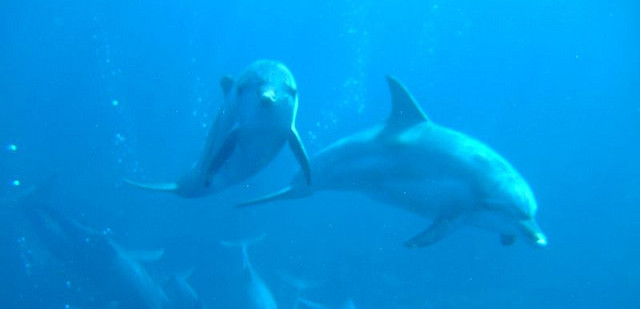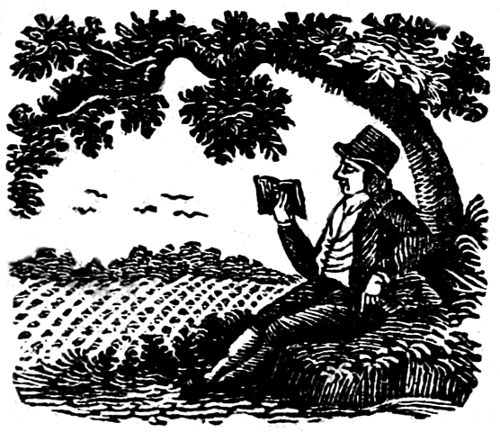
paranymph
n. at a wedding, a bridesmaid or best man

paranymph
n. at a wedding, a bridesmaid or best man
IBM nanophysicists have made a stop-motion movie using individual atoms — carbon monoxide molecules arranged on a copper substrate and then magnified 100 million times using a scanning tunneling microscope. The molecules remain stationary because they form a bond with the substrate at this extremely low temperature (-268.15° C); each CO molecule stands “on end” so that only one atom is visible.
The result, “A Boy and His Atom,” holds the Guinness world record for the world’s smallest stop-motion film.
07/16/2017 UPDATE: The day I posted this, news broke that researchers have encoded five frames of an 1870s short film into bacterial DNA. (Thanks, Sharon.)
An effle is a grammatical English sentence that no one would ever say — they tend to turn up in textbooks for students learning English as a foreign language:
The farmer kills the duckling.
This is a pencil. This is a boy. Peter is a boy. Peter is not a pencil.
A hat is not food.
A man has a dog.
Is this my finger or your finger?
A tailor sews with a needle.
He’s not very good so I can’t marry him.
One praises a pupil when he works hard.
You can’t go to a restaurant if you don’t have money.
Shall I leave without paying?
These are the people’s lunches.
Ouch! O, foolish bee!
Struck by these absurdities while trying to learn English from a textbook in 1950, Eugene Ionesco wrote a play, The Bald Prima Donna, with the same inane tone:
MARY: I am the maid. I have just spent a very pleasant afternoon. I went to the pictures with a man and saw a film with some women. When we came out of the cinema we went and drank some brandy and some milk, and afterwards we read the newspaper.
MRS. SMITH: I hope you spent a pleasant afternoon. I hope you went to the pictures with a man and drank some brandy and some milk.
Mr. SMITH: And the newspaper.
MARY: Your guests, Mr. and Mrs. Martin, are waiting at the door. They were waiting for me. They were afraid to come in on their own. They were meant to be dining with you this evening.
In his 1973 book The Language Laboratory and Language Learning, linguist Julian Dakin recalls a school textbook for foreign learners in which two children are continually asking one another their names. In Lesson 6 it turns out they’re brother and sister.

Abraham Lincoln had less than a year of formal schooling.
The fifth Lincoln-Douglas debate was held before Knox College in 1858. As he crawled through a second-story window to reach the platform, he said, “At last I have gone through college.”
This question appeared in the 2015 Singapore and Asian Schools Math Olympiad, a competition for 14-year-old students from Singapore, Thailand, Vietnam, China, and the U.K. (I’ve amended the language a bit):
Albert and Bernard have just become friends with Cheryl, and they want to know when her birthday is. Cheryl gives them a list of 10 possible dates:
| May | 15 | 16 | 19 | |||
| June | 17 | 18 | ||||
| July | 14 | 16 | ||||
| August | 14 | 15 | 17 |
Cheryl then tells Albert and Bernard separately the month and the day of her birthday, respectively.
Albert: I don’t know when Cheryl’s birthday is, but I know that Bernard doesn’t know it either.
Bernard: At first I didn’t know when Cheryl’s birthday is, but I know now.
Albert: Then I also know when Cheryl’s birthday is.
When is Cheryl’s birthday?
Singapore TV presenter Kenneth Kong posted the question online, and it went viral in a matter of days. The competition organizers had intended it to “sift out the better students” and expected that 40 percent of the competitors would find the solution. What is it?
A puzzle by James Tanton:
King Tricho lives in a palace in which every room is a triangle:

Before retiring for the night he’d like to inspect it. Is there a path that will let him visit each room once and only once? He can start anywhere.

In 1972 biologists Colin Tayler and Graham Saayman were observing a group of Indo-Pacific bottlenose dolphins in a South African aquarium. One of them, a 6-month-old calf named Dolly, began to seek their attention by pressing feathers, stones, seaweed, and fish skins against the glass of the viewing chamber. If they ignored her she swam off and returned with a different object.
At the end of one observation session, one of the investigators blew a cloud of cigarette smoke against the glass as Dolly was looking in. “The observer was astonished when the animal immediately swam off to its mother, returned and released a mouthful of milk which engulfed her head, giving much the same effect as had the cigarette smoke,” the biologists reported. “Dolly subsequently used this behaviour as a regular device to attract attention.”
“Dolly didn’t ‘copy’ (she wasn’t really smoking) or imitate with intent to achieve the same purpose,” argues ecologist Carl Safina in Beyond Words: What Animals Think and Feel. “Somehow Dolly came up with the idea of using milk to represent smoke. Using one thing to represent something else isn’t just mimicking. It is art.”
(C.K. Tayler and G.S. Saayman, “Imitative Behaviour by Indian Ocean Bottlenose Dolphins [Tursiops aduncus] in Captivity,” Behaviour 44:3 [1973], 286-298.)

“The man who does not read good books has no advantage over the man who can’t read them.” — Mark Twain

In 1971 high school student Juliane Koepcke fell two miles into the Peruvian rain forest when her airliner broke up in a thunderstorm. Miraculously, she survived the fall, but her ordeal was just beginning. In this week’s episode of the Futility Closet podcast we’ll describe Juliane’s arduous trek through the jungle in search of civilization and help.
We’ll also consider whether goats are unlucky and puzzle over the shape of doorknobs.
Using a body painting technique he developed in 1990, Calabrian illustrator Guido Daniele has created a curious zoo of animal images painted on human hands.
“Each painting takes from two to ten hours to complete,” reports Brad Honeycutt in The Art of Deception, “which means the hand models lending their exremities to the project must be very patient.”